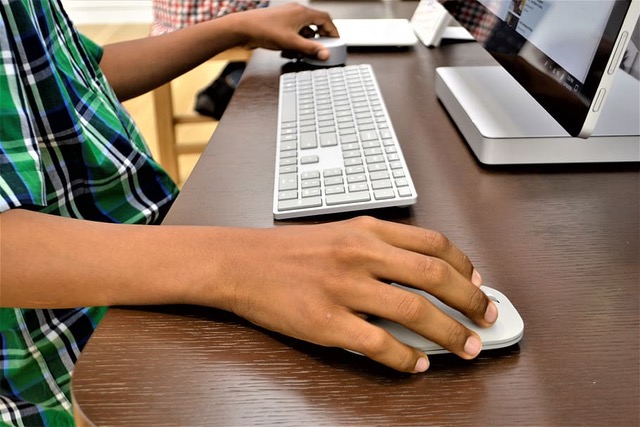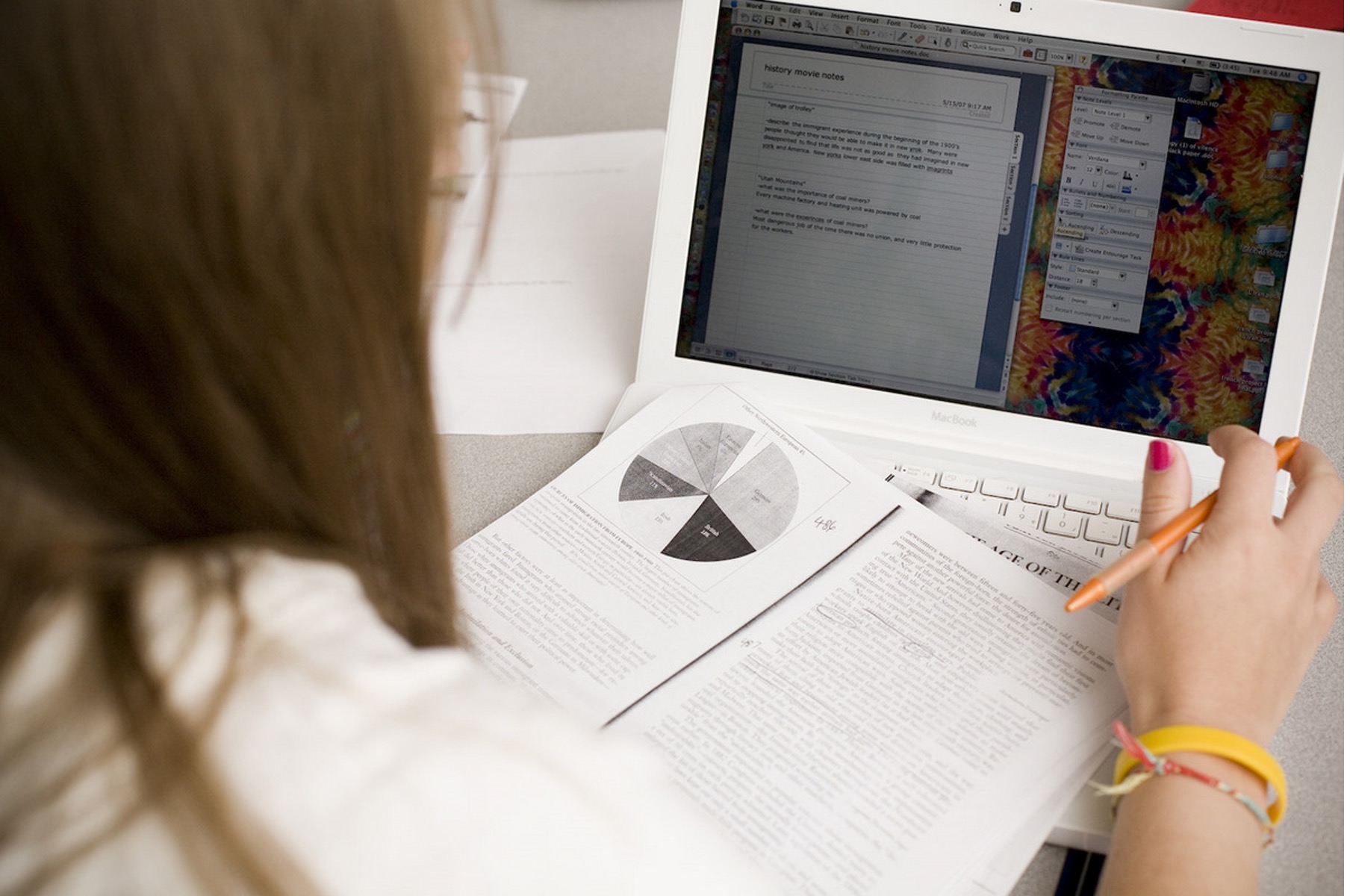How many of you have heard sentiments like these?
“I can’t bring myself to get to school”, “I’m staying home”, “I can’t get out of bed”, “My anxiety is really high.”
These are all common remarks that I, as a clinician, hear in child and adolescent mental health settings. Typically, students who refuse to attend school due to anxiety are not a rebellious group of individuals intent on boycotting their responsibilities. Rather, for these students, the process of leaving home and going to school is too anxiety-provoking for them. Over time, they come to expect these feelings of anxiety and by the time others catch on, their cycle of avoidance has perpetuated to a point where professional intervention and support is required.

Research demonstrates that avoidance is the most common behavioural response to anxiety. What happens when the anxious student is recommended to avoid going to school in person because of the current COVID pandemic? Initially, they feel better because they do not have to deal with the situation that activates their anxiety.
Online learning provides short-term relief that will not be sustained once in-person classroom learning resumes. Surges in school anxiety are on the horizon as the education system slowly pivots back to in-person learning. The majority of young people are yearning for the social, emotional and academic reinforcements that they receive from in-person learning. For anxious students, the benefit of virtual learning is an accommodation that will not succeed in the long term.

For example, socially anxious teens and children who don’t have to attend school are no longer fearful about eating lunch in the cafeteria. Those that tend to struggle with perfectionist tendencies have the luxury of extra time when they are at home. Additionally, they have the possible support of other people in their homes. Although the transition to online learning has created a Band-Aid for avoidant students: it hasn’t completely eliminated symptoms for students with severe anxiety.

Despite the best efforts of healthcare and educational workers, avoidant behaviours have evolved and continue to come up, even in the context of online learning. On the frontlines, clinicians continue to see how anxiety can still be present for those suffering from severe symptoms in the virtual world. For example, socially anxious clients express their fears of turning their cameras on for zoom classes; they are avoiding the “breakout room” features in virtual classrooms when being divided into discussion groups; often, they are muting themselves out of fear of being called on by their teachers or peers. These types of avoidant behaviours are directly related to the current climate. Virtual learning has given kids the opportunity to find avoidant techniques to decrease their anxiety. For some anxious students, the new form of skipping class is to blame “technical and wifi issues.” These are some of the warning signs to watch out for with your children.

If you would like to try to assist your children with combating their anxiety and curbing these avoidant behaviours, I have some suggestions for you. You can encourage them to turn on their cameras for classes. You can validate that it is scary to unmute their microphone and be vulnerable when answering questions. If they are anxious about presenting in front of others, in-person or over Zoom, you can ask them to present to you or to a mirror first. If your child is seeing a mental health care worker, it may be beneficial to speak with that professional for some suggestions or advice about strategies to help your child’s specific needs. You can also ask their teacher for resources that may help your child.
Here are some suggestions to assist anxious students participating in online learning. They are in order of least (Step 1) to most challenging (Step 10) and can be used to gradually help the child face their fear over time. The original chart was created by Ronald M. Rapee, Ph.D., Ann Wignall, D. Psych, Susan H. Spence, Ph.D., Vanessa Cobham, Ph.D., and Heidi Lyneham, Ph.D. and featured in the 2nd edition of their book, Helping Your Anxious Child: A Step-by-Step Guide for Parents.
Step by Step Plan


| Goal: |
| Step 10: Attend a class for the full duration
Reward: ___________________________________________________ Step 9: Turn on camera during math class for the first 20 minutes Reward: ___________________________________________________ Step 8: Volunteer to read a passage aloud in a class Reward: ___________________________________________________ Step 7: Join a breakout room with a peer you haven’t met in person Reward: ___________________________________________________ Step 6: Present in front of your parents on a computer screen (then a friend or two…etc.) Reward: ___________________________________________________ Step 5: Unmute your microphone for gym class Reward: ___________________________________________________ Step 4: Engage in the chatbox discussion Reward: ___________________________________________________ Step 3: Attend a class that is recorded in real-time Reward: ___________________________________________________ Step 2: Send an email to your teacher asking a follow-up question from class Reward: ___________________________________________________ Step 1: Set up a virtual get together with peers Reward: ___________________________________________________ |
I am mindful of the fact that many teachers are working tirelessly to continue to set parameters in place to reinforce an optimal learning environment for all of their students. My sister, a dedicated and passionate teacher, has gone above and beyond to create a safe and inspiring virtual learning space for her grade five students. Teachers have been incredibly creative in their ability to adapt and to support all of their students, especially the most vulnerable.

In general, it is important to provide positive reinforcements and to challenge avoidant behaviours. When children demonstrate their bravery, despite being anxious, you can congratulate them. When they engage in avoidant behaviours, you can discuss these with them in an effort to decrease the frequency. It is also helpful to establish clear rules and expectations, and it is never too late to start. For example, you can tell your child that you expect them to refrain from using their phone during class time. It is important to build consistency and structure with your children, even if it is difficult, in order to help them to manage their anxiety and to have a successful transition back to in-person learning.
References
Rapee, R. M., Wignall, A., Spence, S. H., Cobham, V., Lyneham, H. (2008). Helping your anxious child: A step-by-step guide for parents. New Harbinger Publications.






